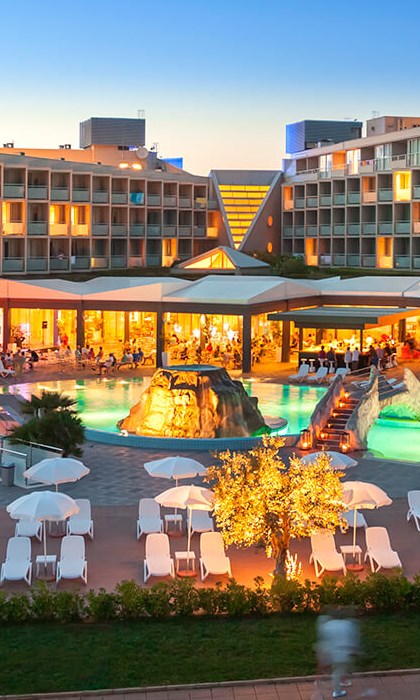

Under the Franks it was part of the Kingdom of Italy. įrom 788 on Pula was ruled by the Frankish Empire under Charlemagne, with the introduction of the feudal system. The Basilica of Saint Mary Formosa was built in the 6th century. During this period Pula prospered and became the major port of the Byzantine fleet and an integral part of the Byzantine Empire. When their rule ended, Pula came under the rule of the Exarchate of Ravenna (540–751). The town was ruled by the Ostrogoths from 493 to 538 AD. Middle Ages Īfter the fall of the Western Roman Empire, the city and region were attacked by the Ostrogoths, Pula being virtually destroyed by Odoacer, a Germanic foederati general in 476 AD. In 425 AD the town became the centre of a bishopric, attested by the remains of foundations of a few religious buildings. The town was the site of Crispus Caesar's execution in 326 AD and Gallus Caesar's execution in 354 AD. During the reign of the emperor Septimius Severus the name of the town was changed to "Res Publica Polensis". A few of these gates remain: the triumphal Arch of the Sergii, the Gate of Hercules (in which the names of the founders of the city are engraved), and the Twin Gates. They fortified the city with a wall with ten gates. The Romans also supplied the city with a water supply and sewage systems. Great classical constructions were built of which a few remain.Ī great amphitheatre, Pula Arena, was constructed between 27 BC and 68 AD, much of it still standing to this day.

The colony was part of Venetia et Histria, a region of Roman Italy. It was soon rebuilt at the request of Octavian's daughter Iulia and was then called Colonia Pietas Iulia Pola Pollentia Herculanea. After Octavian's victory, the town was demolished. It became a significant Roman port with a large surrounding area under its jurisdiction.ĭuring the civil war of 42 BC of the triumvirate of Octavian, Mark Antony and Lepidus against Caesar's assassins Brutus and Cassius, the town took the side of Cassius, since the town had been founded by Cassius Longinus, brother of Cassius. During that time the town grew and had at its zenith a population of about 30,000. The town was elevated to colonial rank between 46 and 45 BC as the tenth region of the late Roman Republic, under Julius Caesar. The Istrian peninsula was conquered by the Romans in 177 BC, starting a period of Romanization. Strabo, Pomponius Mela and Lycophron wrote that it was inhabited by Colchians. In classical antiquity, it was inhabited by the Histri, a Venetic or Illyrian tribe. The Colchians, who had chased Jason into the northern Adriatic, were unable to catch him and ended up settling in a place they called Polai, signifying "city of refuge". Greek tradition attributed the foundation of Polai to the Colchians, mentioned in the context of the story of Jason and Medea, who had stolen the golden fleece. Greek pottery and a part of a statue of Apollo have been found, attesting to the presence or influence of Greek culture. The inhabitants of Istria in the Bronze Age are known as Proto Illyrians. The type of materials found in Bronze Age sites in Istria connects these with sites along the Danube. Many late Bronze Age bone objects, such as tools for smoothing and drilling, sewing needles, as well as spiral bronze pendants, have been found in the area around Pula. In the Bronze Age (1800–1000 BC), a new type of settlement appeared in Istria, called 'gradine', or Hill-top fortifications. Pottery from the Neolithic period (6000–2000 BC), indicating human settlement, has been found around Pula. It was the administrative centre of Istria from ancient Roman times until superseded by Pazin in 1991.Įvidence of the presence of Homo erectus one million years ago has been found in the cave of Šandalja near Pula. The city has a long tradition of wine making, fishing, shipbuilding, and tourism.

It is known for its multitude of ancient Roman buildings, the most famous of which is the Pula Arena, one of the best preserved Roman amphitheaters. Pula ( Croatian pronunciation: ( listen) also known as Pola, Italian: Pola, Hungarian: Póla, Venetian Pola Istriot: Puola, Slovene: Pulj) is the largest city in Istria County, Croatia, and the seventh-largest city in the country, situated at the southern tip of the Istrian peninsula, with a population of 52,411 in 2021.


 0 kommentar(er)
0 kommentar(er)
